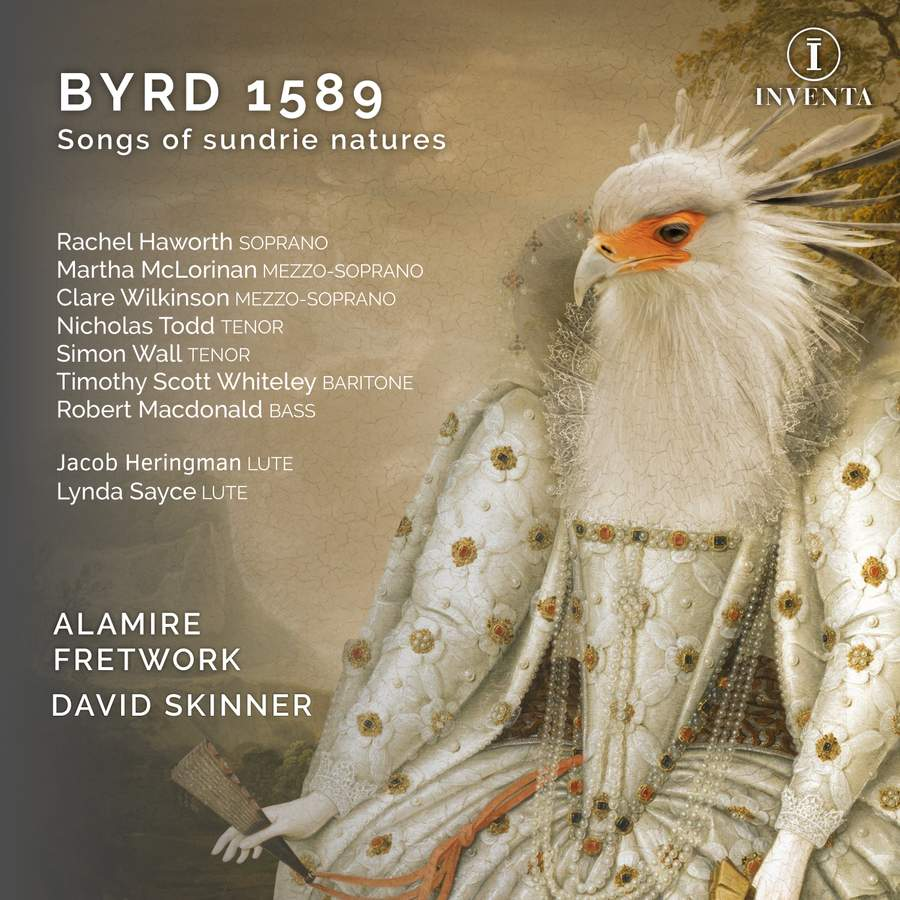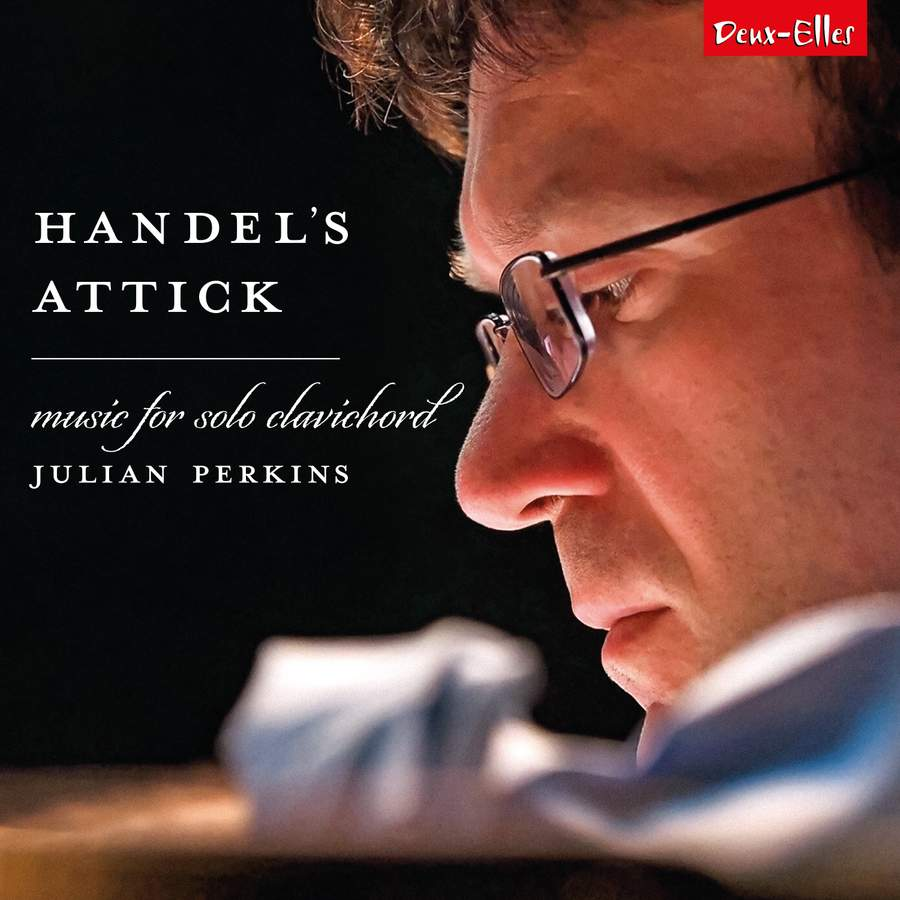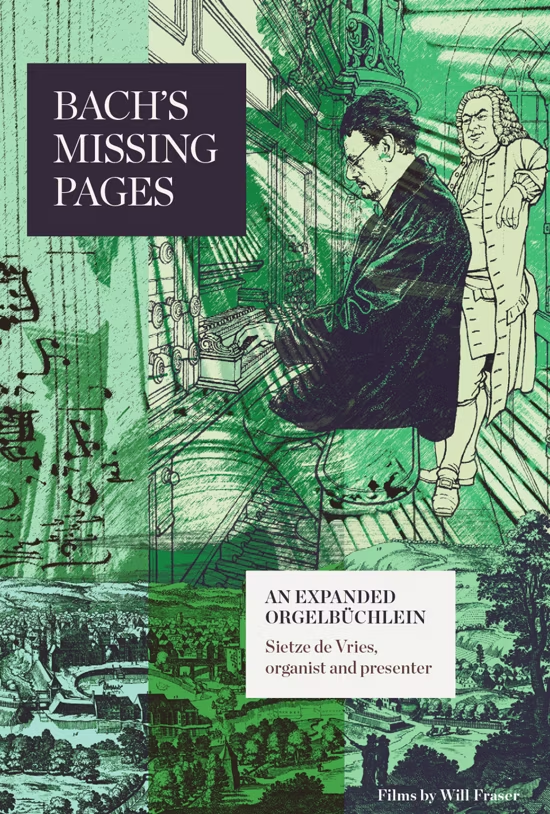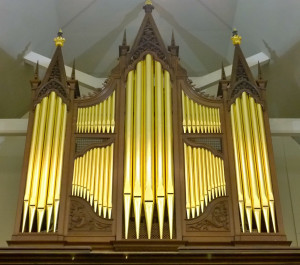Weelkes: What Joy so True
Anthems, Canticles and Consort music by Thomas Weelkes
The Choir of Chichester Cathedral, The Rose Consort of Viols, John Bryan, Charles Harrison
Regent Records. REGCD571. 77’12
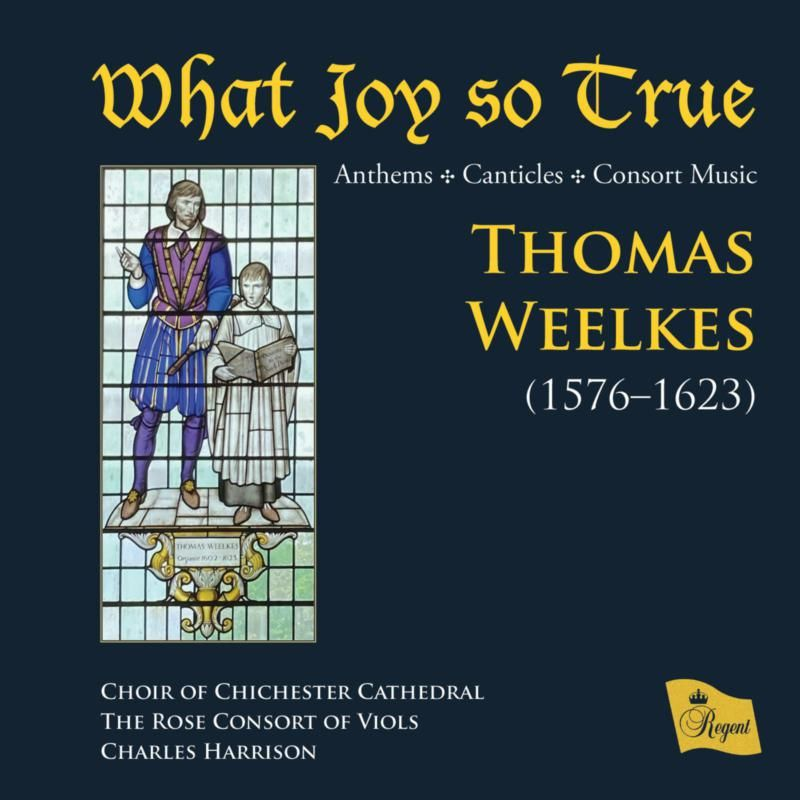
The 400th anniversaries in 2023 of the death of Thomas Weelkes (1576-1623) and William Byrd (c1540-1623) threw into sharp focus the contrast between the fates and subsequent reputations of these two English composers. Not surprisingly, Byrd had the well-deserved lion’s share of the attention during their 2023 anniversary year. This enterprising recording gave a chance for Weelkes to have his say. It comes from Chichester Cathedral, where he was Organist and Master of the Choristers (informator choristarum) from his mid-20s, following four years as organist of Winchester College, where most of his madrigals seem to have been composed. He just about managed to retain the Chichester post until his death, despite frequent accusations of drunkenness and for being a “notorious swearer & blasphemer” which led to occasional periods of expulsion.


